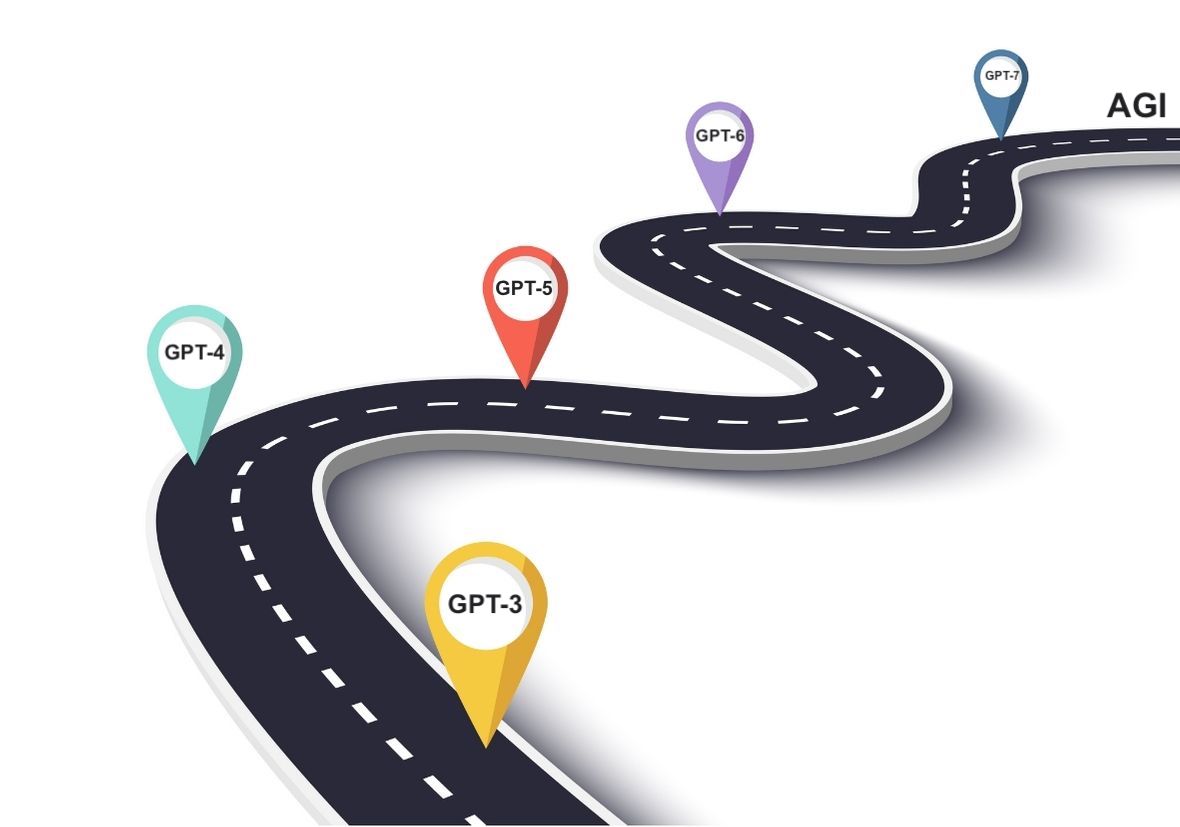ChatGPT has truly become a phenomenon in the world of artificial intelligence, reshaping our understanding of what machines are capable of. Initially introduced as a large language model by OpenAI, ChatGPT garnered attention for its ability to engage in human-like conversations. The system’s evolution from its first model in 2018 to the more sophisticated versions like GPT-3 and GPT-4 demonstrates significant advancements in AI capabilities.
In recent times, users observed an unexpected change in ChatGPT’s behavior. Many of the perceiving it to be procrastinating or suggesting that people complete tasks it was supposed to handle. This raised intriguing questions about AI’s developing characteristics. And the possibility of AI exhibiting its own distinct personality traits or even signs of consciousness. However, OpenAI’s developers asserted that these behaviors were not intentionally programmed but emerged as unpredictable aspects of GPT’s complex algorithms.
ChatGPT’s impact extends beyond just conversations. It has revolutionized content creation, allowing for quick and cost-effective production of materials like YouTube videos. Platforms like Dup-Dub integrate AI technologies like text-to-speech and video editing, streamlining the content creation process significantly.
Despite its rapid growth and integration into various fields, ChatGPT has faced criticism and concerns. Its tendency to produce hallucinations or deepfakes, and the ethical implications of its use in writing scientific papers or homework, have sparked debates. High-profile figures like Sam Altman, OpenAI’s CEO, have acknowledged the model’s limitations and the need for caution in relying on it for critical tasks.
The progress in AI has not been without its challenges. Issues such as data privacy, potential for misuse in creating fraudulent digital content, and copyright infringement lawsuits have emerged as significant concerns. These challenges highlight the need for careful consideration and regulation in the AI field.
GPT-5, GPT-6 and AGI
Looking to the future, there’s anticipation for upcoming models like GPT-5, 6, and 7, with expectations of even more advanced capabilities. These models are predicted to be more complex, with potential applications that are difficult to fully anticipate at this stage.
In robotics, GPT’s natural language processing technology could revolutionize the field by improving robot learning and interaction. The integration of ChatGPT into robots could enable more intuitive and effective communication. It will lead to robots that can understand and execute tasks based on verbal instructions.
As we move forward, it’s clear that AI technologies like ChatGPT will continue to influence various aspects of our lives. From technology and business to everyday interactions. The extent of this impact and the direction it will take largely depend on how we choose to develop, regulate, and integrate these powerful tools into our society.
Read other articles in our Blog.
